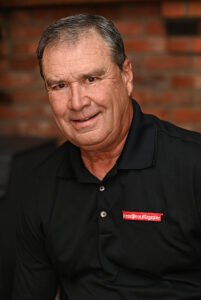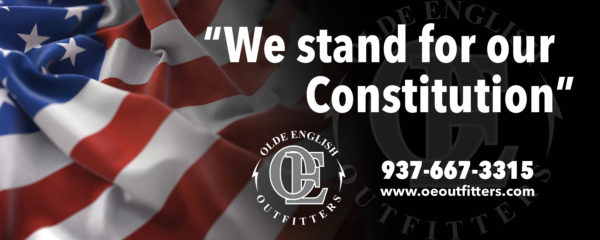It’s a tradition on our national holiday, and bands have played this song for generations – since 1896. But none of them play it better than this recording sent to me recently by a friend who loves two things – 1) the United States of America, and 2) The Stars And Stripes Forever march. To celebrate our national birthday, learn more, and give a listen.
 I wanted to write about something different than wars and cemeteries and 21-gun salutes…something besides the politics that divide the nation on this, the 248 th anniversary of our American independence.
I wanted to write about something different than wars and cemeteries and 21-gun salutes…something besides the politics that divide the nation on this, the 248 th anniversary of our American independence.
I wanted to write about something happy, uplifting, and yet historic…and maybe something you didn’t already know. The back story, we call it now; and actually, I wrote this for last year’s 4th of July.
So, it’s a fact that I’ve been a music buff since the fifth grade…played in bands since the ninth grade…played in my high school band…and played in the Ohio State marching band under the great director, Paul Droste, from 1970 to 1972.
I grew up listening to the great marches of the 19th and 20th centuries…by E.E. Bagley (The National Emblem), Paris Chambers (The Chicago Tribune), Kenneth Alford (Colonel Bogey), and Karl King (Barnum and Bailey’s Favorite). And, I know the tune to all of the great marches by the ‘march king’, John Phillip Sousa, who conducted the United States Marine Band from 1880 through 1892, before resigning that position to start his own touring band and to concentrate on his legacy as a composer.

Editor/publisher Sonny Fulks writes OHSAA sports and the ‘back story’ of things you might not know…for Press Pros Magazine.
And compose he did…139 marches that stirred the hearts of people world-wide and captured the imagination of audiences for the uniqueness of their sound and instrumentation. Sousa had an ear for every horn in the band, and throughout his career he employed them all to the fullest extent.
But among his best – El Capitan, The Washington Post, Semper Fidelis, The Thunderer, and The Liberty Bell – the one that has stood the test of time and generations of July 4ths is the Stars and Stripes Forever, written by Sousa on an ocean liner traveling home from a European vacation in 1896. Sousa would claim later that the tune became obsession on ship – “a ‘diddy’ that I couldn’t get out of mind” – and a tribute to his homesickness and a lingering image of the American flag as he remembered it flying over the White House in Washington, D.C.
You know the tune, of course, as the average American has heard it hundreds of times. You know the piccolo solo, and the four ladies featured in the accompanying video below are in perfect synch with each other, playing as one. You’re familiar with the bombastic trombones during the vamp, and the rousing finale where many bandsmen come to their feet for the closing strains.
And perhaps you appreciate the sound of the percussion – real snare drums, and not that modern muffled sound – like someone beating on a plastic milk jug – that came from the drum and bugle culture.
Famous as it is, a lot of bands don’t play it all that well – the subtleties of the clarinets, and the bell solo in the middle, where you hear the famous finale melody for the first time. Most bands try to play the march too fast, and too loud…and with too much percussion. You ‘feel’ the bass drum here without recoiling from it. And many a cymbal player has made the Stars and Stripes their personal audition for Carnegie Hall.
But recently, a photographer friend from Pennsylvania, who played in the White House Marine band during the 70s and 80s sent me a YouTube link of the present-day band, claiming it to be the best, the cleanest, and the most technically perfect performance of the march that he’d ever heard. I think military musicians are biased in that manner, but when I played it for myself I could not disagree.
That link is here, and I invite you all to click, listen, and enjoy…since 1987 when the composition was officially designated as America’s march…the finest recording of the Stars and Stripes Forever that you’ll ever hear.
Born in 1854, Sousa would live a long life for his time, and he died in 1936 in Reading, Pennsylvania of a heart attack in his room at the Abraham Lincoln Hotel, following a reception and dinner in his honor. He was 78 years old. Impressively, for the number of marches he wrote in his prime, he wrote many other tunes that weren’t marches, and many that became just as acclaimed, including a personal favorite of mine, the Presidential Polonaise. That one you probably don’t know.
But this one you do. For our country’s honor, and your toe-tapping pleasure, happy 4th of July…and the official march of the United States of America.


